After Hitler’s October 1941 order to fortify the Channel Islands as part of the Atlantic Wall, work began on a string of fortifications all around Jersey. Ho8 was intended to be a vast network of underground tunnels that would allow the German occupying infantry to withstand Allied air raids and bombardment (in preparation for an invasion). Forced laborers were shipped in to Jersey from prisons on the continent and put to work building the complex. Conditions were terrible, as seen in an earlier post, although Russian and Ukrainians were treated the worst, with cases of malnutrition, death by exhaustion and disease among them becoming common. On the other hand, the voluntary workers often had much better conditions, being offered over four times the wages that they would have earned working in similar jobs for the State of Jersey, and often receiving extra food rations.
In late 1943, with the threat of an Allied invasion of Europe becoming clear, Ho8 was to be converted into a casualty clearing station and emergency hospital. The hospital had 500 beds for patients, with a full heating and air conditioning system (although the rest of the tunnel complex usually maintained a constant temperature of about 17 °C (63 °F), due to its being built deep into the hillside). A system of gas-proof doors was installed to maintain a clean airflow in the tunnels, and a fully equipped operating theatre was installed. Unfinished tunnels were sealed off.
Despite the huge preparations and fortifications made to the Channel Islands, none were ever utilised. The occupying forces in the Channel Islands surrendered on 9 May 1945 (one day after the rest of the German forces surrendered). Ho8 fell into disuse, with British soldiers and souvenir hunters stripping the tunnels of equipment. By 1946 it was a tourist attraction.
Before I went to the tunnels I decided to hop a bus to St. Catherine’s Bay where I’d heard there was a pretty good sand artist. At the end of the bus route there is a half mile long jetty where a few folks were downing bait.
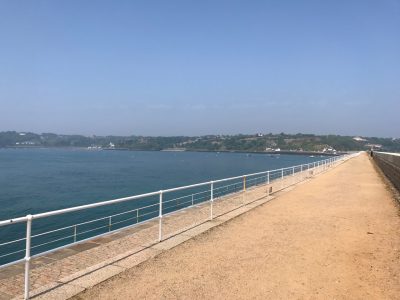
And inside a protective dome Simon Smith houses a masterpiece. These he tells me take a couple of weeks to build
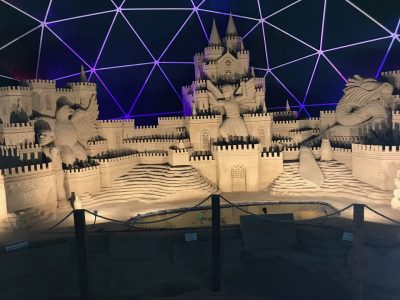
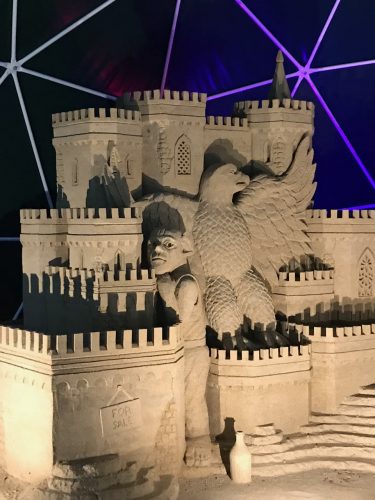
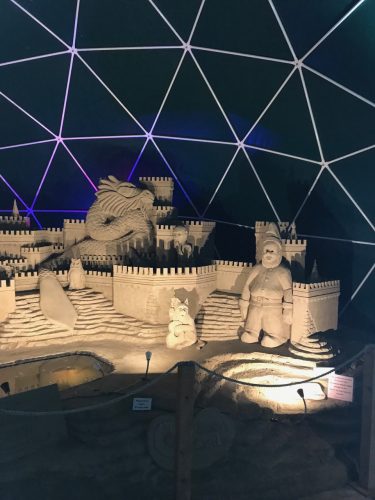
Back in St Helier’s I decided to hoof it to the War Tunnels allowing me to smell, hear and see intimately a small section of the island. Just outside the entrance an employees pointed out to me a mole. All over the UK I see mounds the size and appearance of cow pies that I have been told are the rubbish from mole tunnels, but I’ve never seen the culprit. This poor one seems to, in blindness, have literally come to the end of the road, or tunnel in this case because a couple meters up the cliffside a small hole could be seen. My guess is this guy simply got to the end and fell. Still alive he was put in a shady spot.
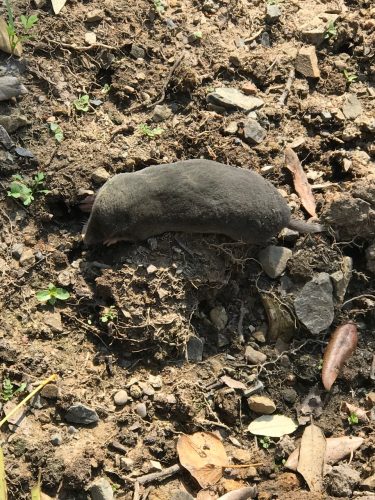
The first thing one noticed in the tunnels was how safe one felt. Deep in rock with good ventilation and lots of room.
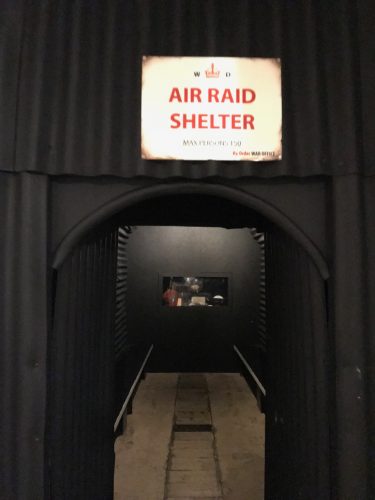
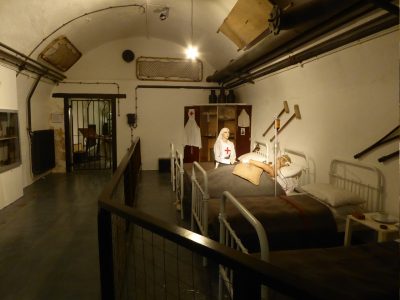
Throughout the tunnels there are these displays of items stored and used by those living here
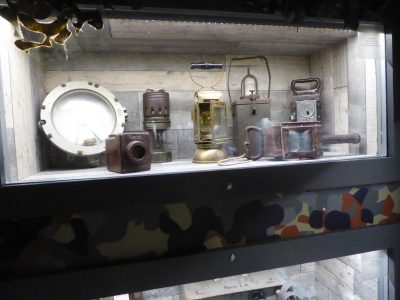
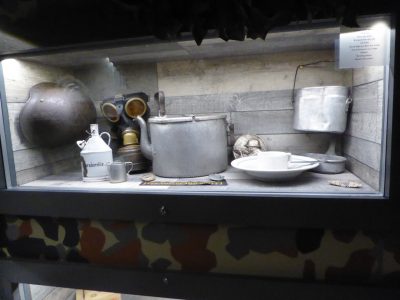
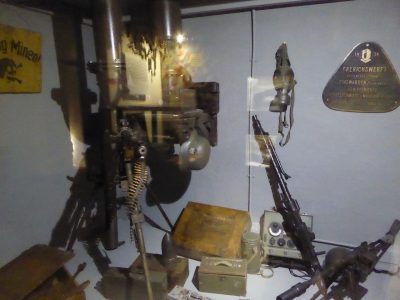
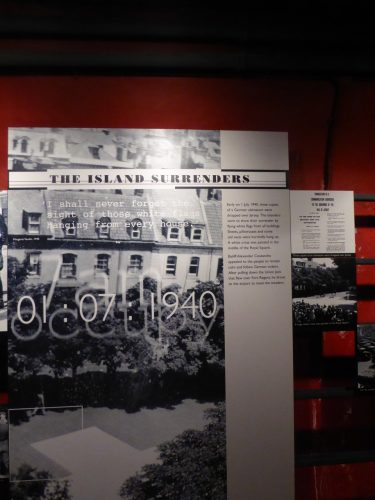
Most of the islands young men had slipped to France or England before the Nazis arrived to join in the war effort. And a girl gets lonely. And some officers were quite dashing we are told.
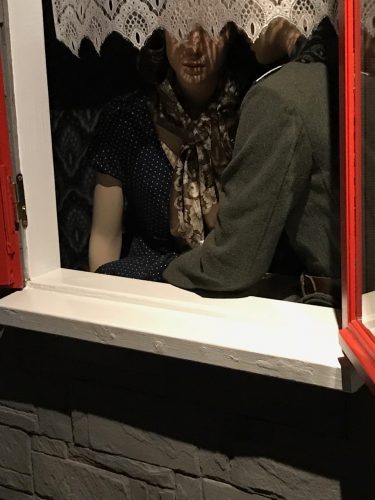
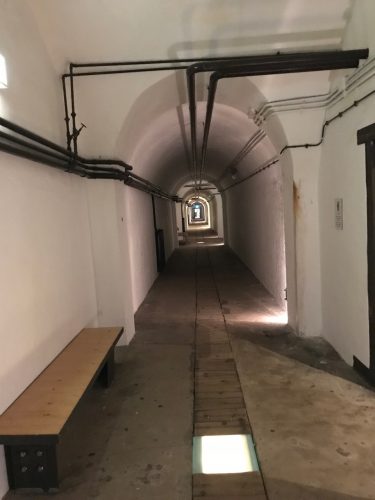
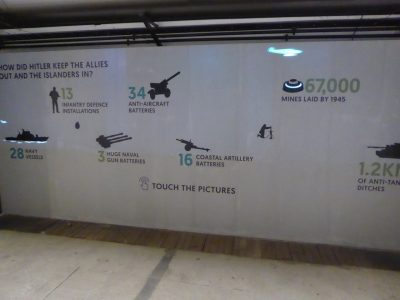
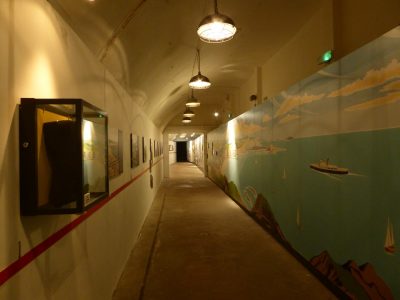
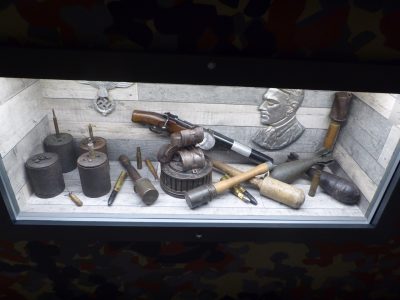
Nothing like a cup of parsnip to get you going in the AM
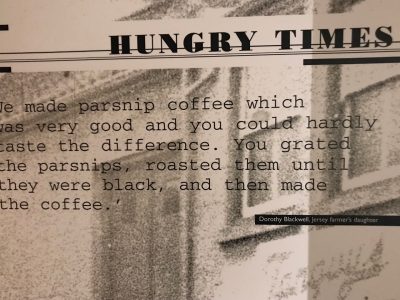
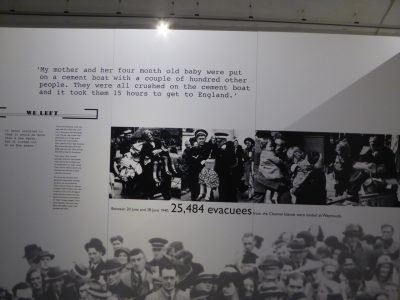
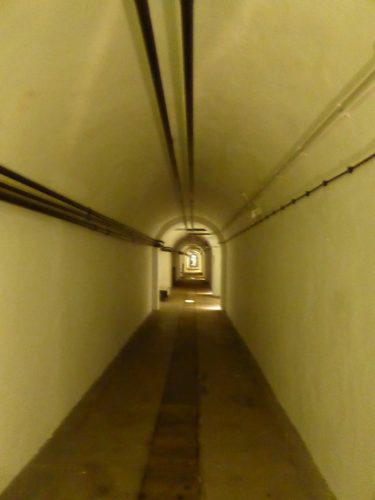
Parked outside the War Tunnel Museum.
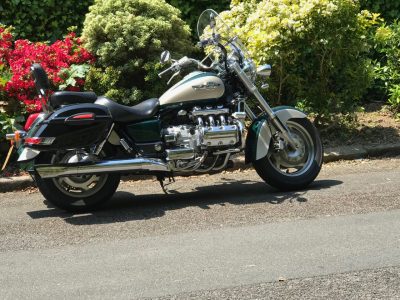
Not pining for the fjords as this is a dead mole. He is no more. ‘e’s shuffled off ‘is mortal coil, run down the curtain and joined the bleedin’ choir invisible!!
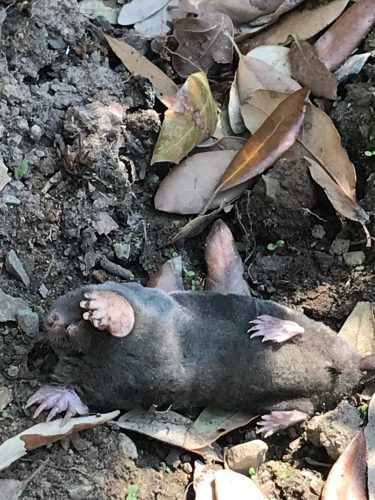
{ 0 comments… add one now }